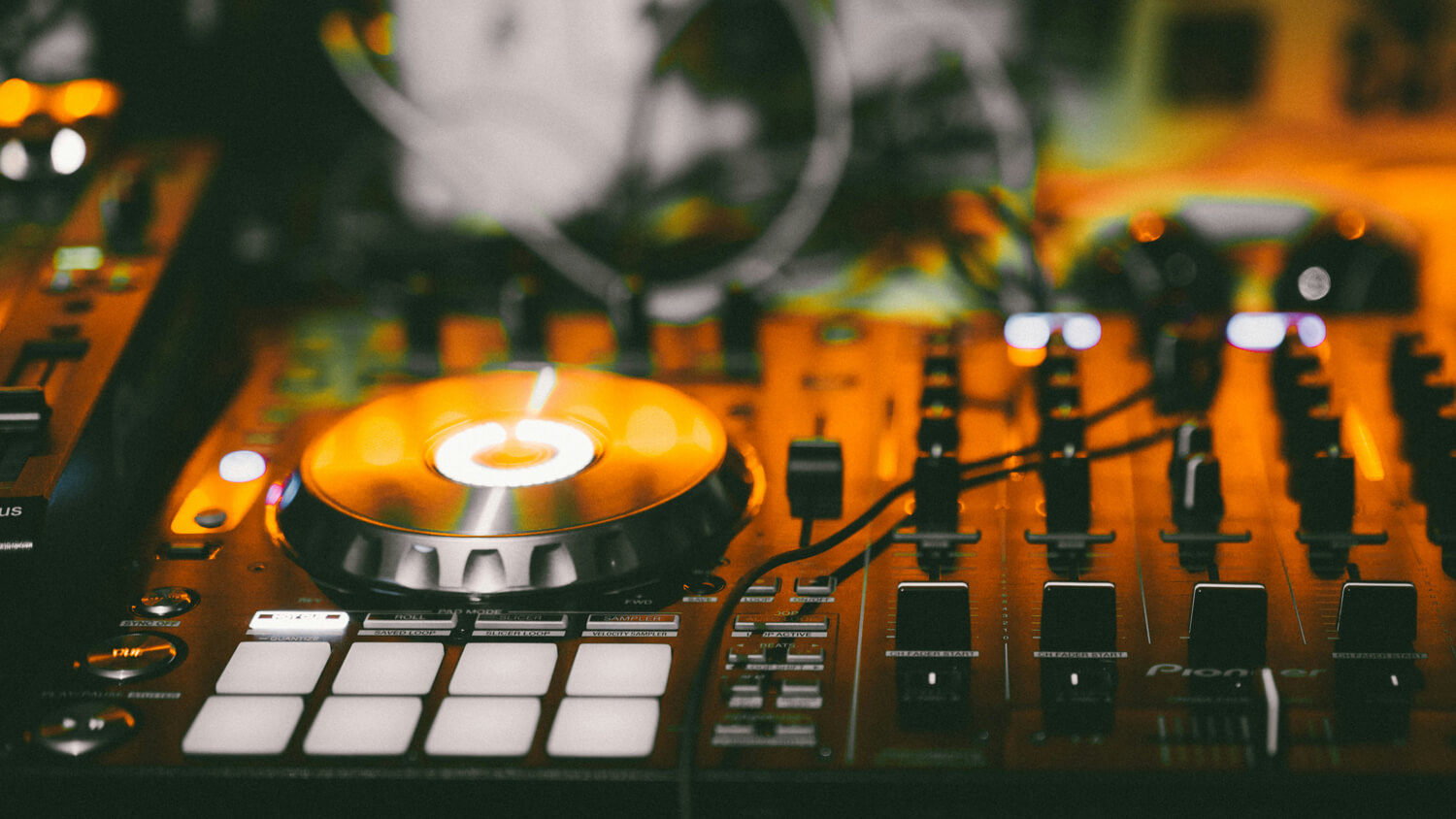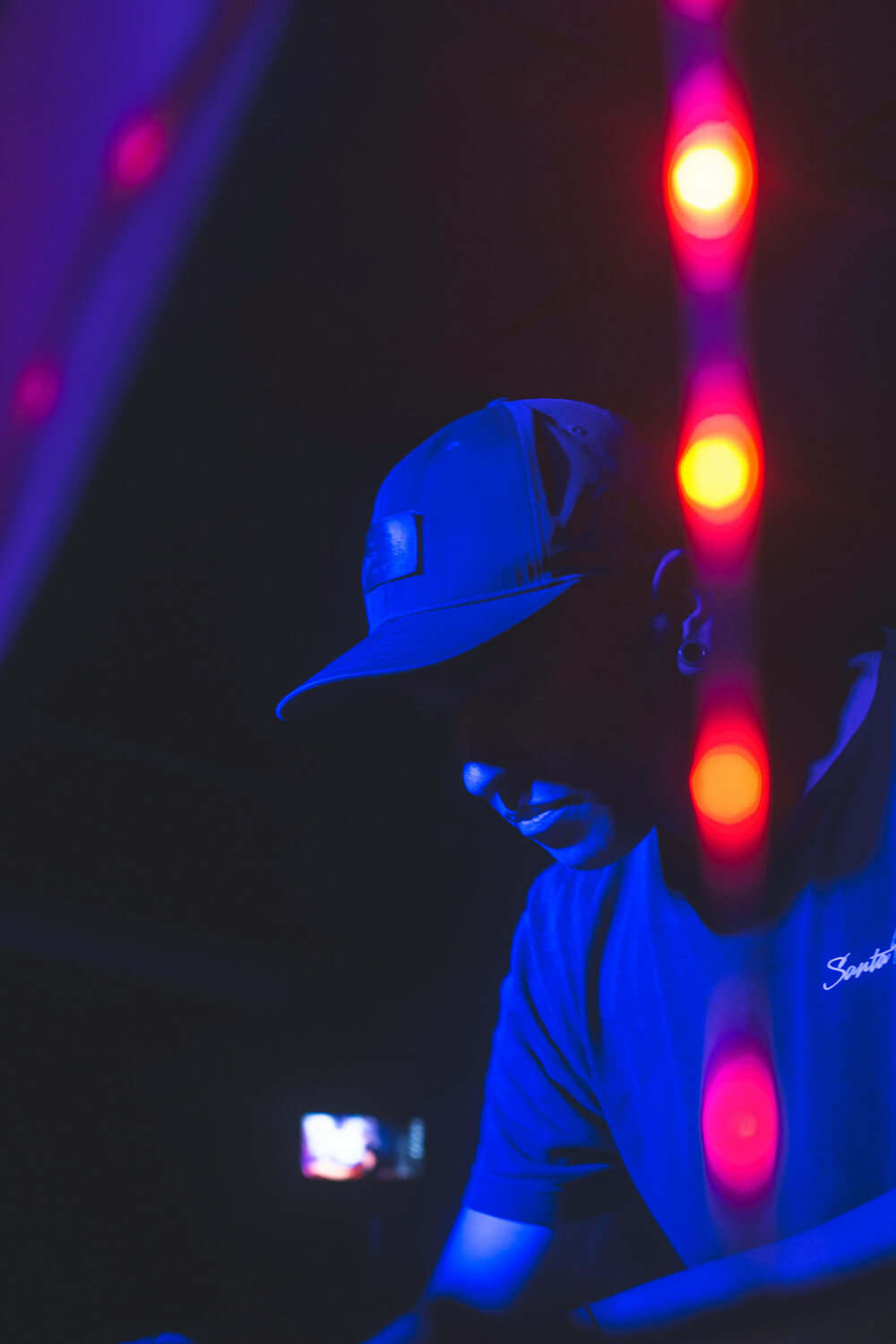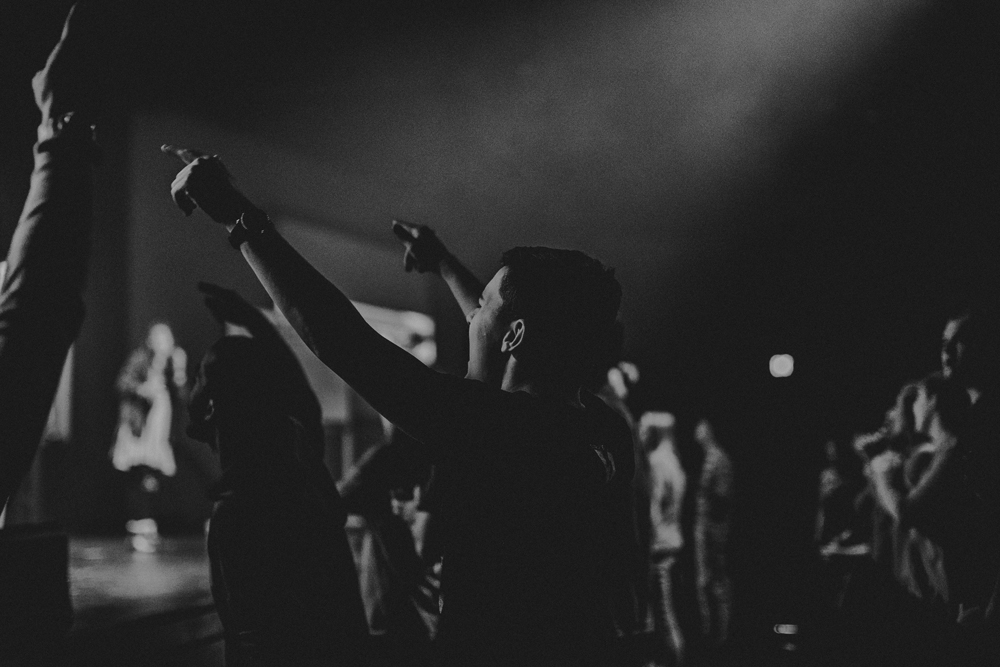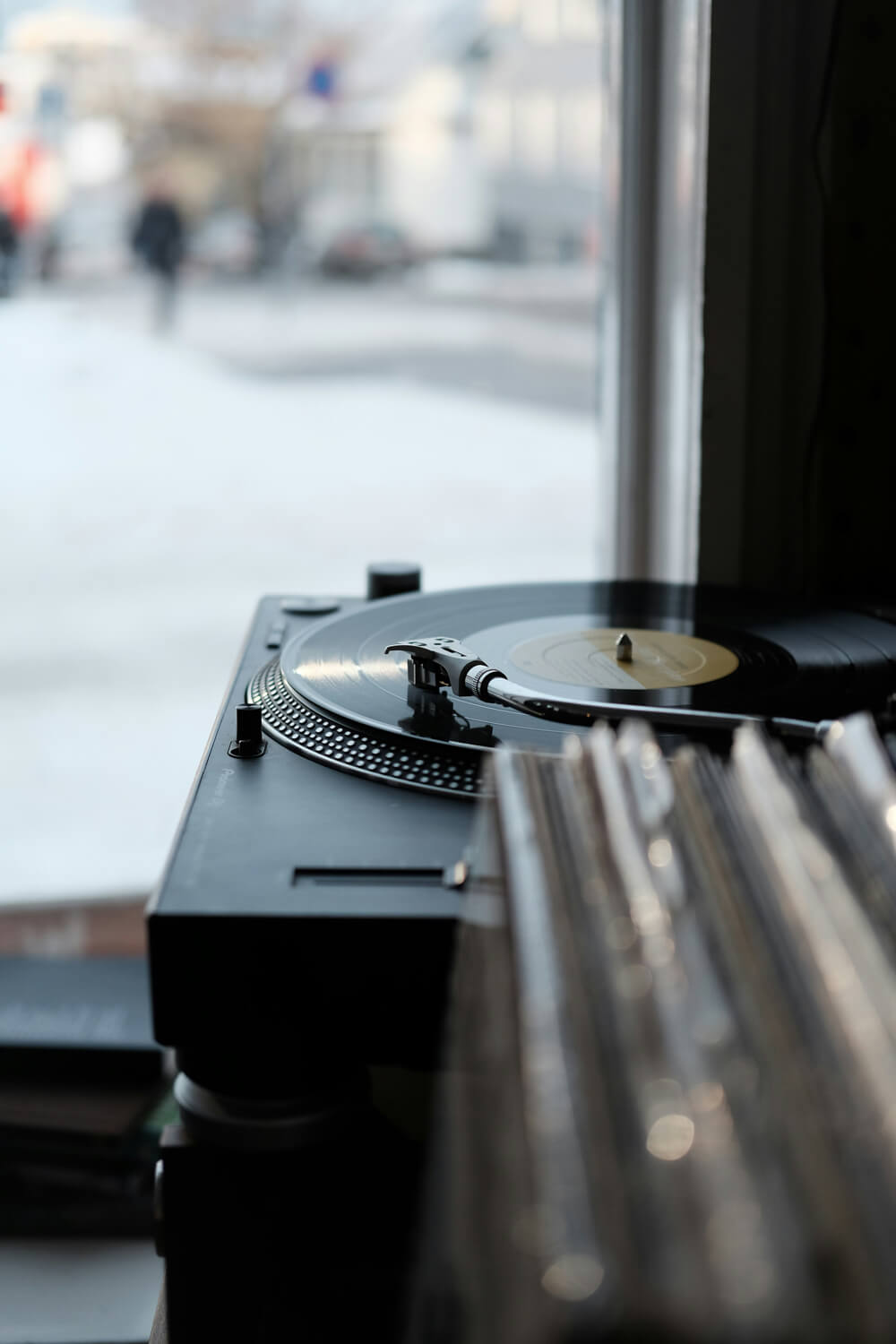
The State of Sound Clash Culture: Challenges and Opportunities
Soundclash culture, a cornerstone of reggae and dancehall music, has been a defining force in shaping these genres for decades. It’s a world where selectors, sound systems, and DJs go head-to-head, battling for supremacy with their unique selections, exclusive dubplates, and unparalleled crowd control. Despite its rich history and global influence, the culture faces significant challenges today.
The Current State of Sound Clash
On the surface, sound clash appears to be thriving. Major events like World Clash, UK Cup Clash, Global Clash, and Rumble Series drew large crowds and global attention, even as some of these iconic clashes have since ceased. The continuous rise of online platforms has made it easier for clashes to reach a wider audience, with fans from all corners of the globe tuning in to live streams and replays.
“Sound clash culture is at a crossroads. While it faces significant challenges, these obstacles also present opportunities for renewal and growth.”
However, beneath this apparent success lies a growing concern: sound clash culture may be losing its spark. Several issues contribute to this decline:
Lack of Creativity: One of the most significant challenges facing sound clash culture today is the lack of creativity. The same songs, riddims, and speeches are recycled at almost every clash, leaving little room for innovation. This repetition has led to a sense of stagnation, where nothing stands out anymore. The once-electric atmosphere of unpredictability and surprise is now replaced by a formulaic approach that fails to excite both participants and audiences.
The Same Set of Sounds: The diversity that once characterized sound clash has diminished. The same set of sounds dominate the scene, leaving little space for new entrants or fresh ideas. This has created an echo chamber where the culture is stuck in a loop, repeating the same patterns without introducing anything new or dynamic.
Fear of Taking Risks: Today, many sounds are comfortable in the realm of hardcore juggling events but are hesitant to take on a clash. This reluctance stems from the high cost of dubplates and the fear of failure in a clash setting. The escalating prices of dubplates have made it difficult for new and smaller sounds to participate, effectively pricing them out of the competition. As a result, sound systems that might otherwise innovate and push the boundaries of the culture are choosing the safer, less risky route of juggling.
Rising Costs and the Role of 45s: The increasing cost of dubplates has raised a crucial question: will sound system owners take a stand and say enough is enough? Will they incorporate 45s (the original version of a song) into clashes, or will their pride prevent them from doing so? Incorporating 45s could not only make clashes more accessible but also introduce a new dynamic to the competitions, challenging sounds to be more creative with their selections and presentations.
Oversaturation of Sound Systems: The culture is also grappling with an oversaturation of sound systems. With so many sound systems entering the scene, the competition has become crowded, and the quality of clashes can suffer. This oversaturation has led to a dilution of talent, where the truly exceptional sounds struggle to stand out amid a sea of mediocrity. Moreover, this abundance of sound systems has made it harder for any single sound to build a strong, loyal following, as audiences are spread thin across numerous options.
Financial Struggles for Sound Systems: Despite the apparent popularity of sound clashes, the financial rewards often do not match the expenses involved. Many sound systems struggle to cover the costs of dubplates, travel, and maintenance, leading to a situation where participation in clashes is financially unsustainable. This lack of profitability can discourage talented selectors and sound system owners from continuing, contributing to the culture’s decline.

Moving Forward: Revitalizing Sound Clash Culture
To ensure that sound clash remains vibrant and relevant, several steps can be taken:
Encourage Innovation: The culture needs a revival of creativity. This can be achieved by encouraging sounds to step outside their comfort zones and experiment with new selections, riddims, and strategies. Organizers can also introduce new formats or rules that push participants to innovate, keeping the culture fresh and exciting.
Diversify the Scene: It’s essential to break the monopoly of the same set of sounds and open the stage to new talents. This requires creating more opportunities for emerging sounds to participate in clashes and ensuring they are given a fair chance to shine. This will bring back the diversity that once made sound clash so dynamic.
Incorporate 45s: Reintroducing 45s into clashes could be a game-changer. Not only would it reduce costs for sound systems, but it would also force selectors to be more resourceful and creative with their selections. This shift could bring back some of the spontaneity and unpredictability that has been lost over the years.
Foster a Culture of Risk-Taking: The fear of failure must be addressed. Soundclash has always been about taking risks, whether dropping an unexpected tune or challenging a rival sound in a daring move. The culture needs to re-embrace this spirit of boldness and adventure, encouraging sounds to take risks without fear of judgment or ridicule.
Support Financial Sustainability: To keep sound systems active and engaged, finding ways to make sound clash financially viable is crucial. This might involve finding new revenue streams, such as increased sponsorship, merchandising, or revenue-sharing models that ensure sound systems are fairly compensated for their efforts.
Manage Oversaturation: Organizers and the community need to address the issue of oversaturation by ensuring that quality is prioritized over quantity. This could involve limiting the number of clashes or introducing higher entry standards to ensure that only the most committed and talented sound systems participate.
Soundclash culture is at a crossroads. While it faces significant challenges, these obstacles also present opportunities for renewal and growth. By encouraging creativity, diversifying the scene, and embracing new strategies like incorporating 45s, Sound Clash can regain its vibrancy and continue to be a powerful force in reggae and dancehall music. The path forward requires a return to the culture’s roots of innovation, risk-taking, and community, ensuring that sound clash remains a dynamic and integral part of the global music landscape.
Subscribe to newsletter
You may also like
The Rise of Solo Clash Selectors/MCs VS. Traditional Clash Sound Systems
The dancehall sound clash culture, deeply rooted in the competition between sound systems, has evolv
The Controversy of Soundclash Endings: Can We Return to the Good Old Days?
While modern audiences crave clarity, returning to a more organic approach could elevate the culture
The Cost of Dubplates: A Pricing Debate
The story of dubplates is a compelling chapter in the history of music, particularly within the regg



